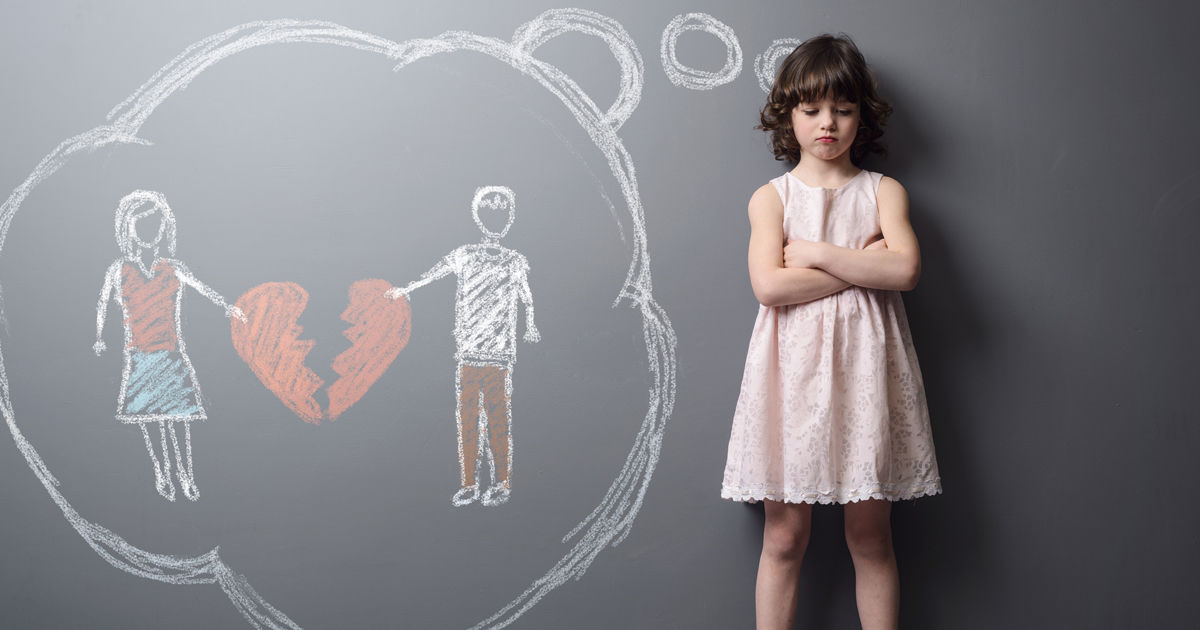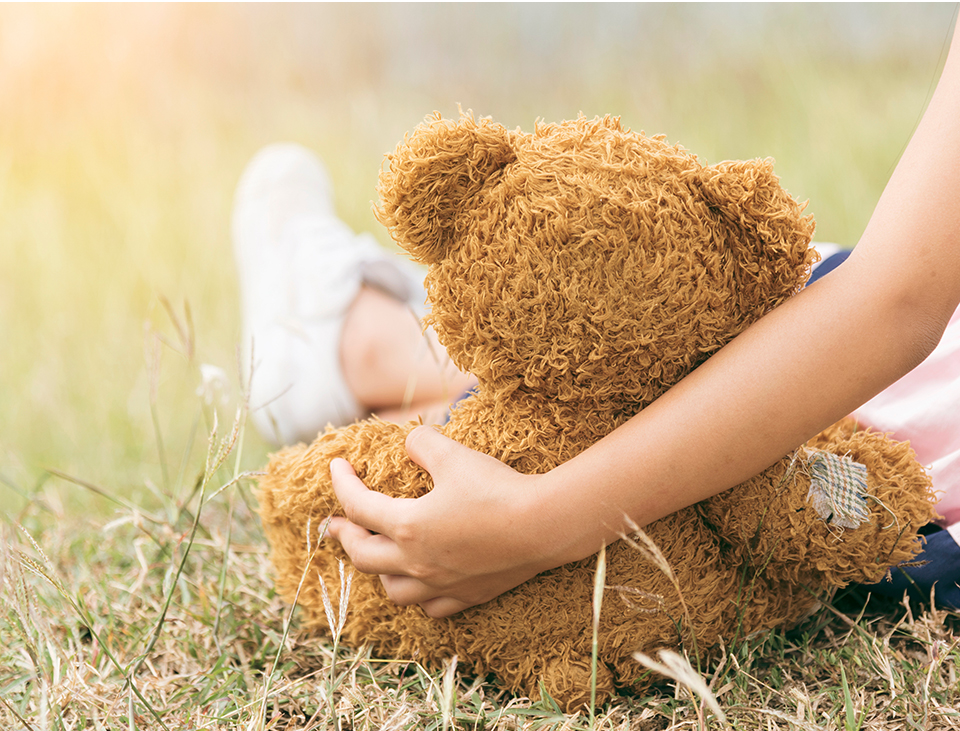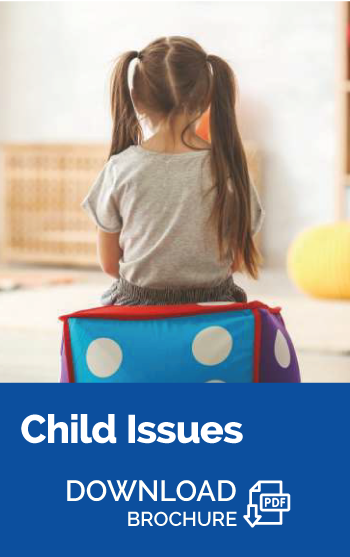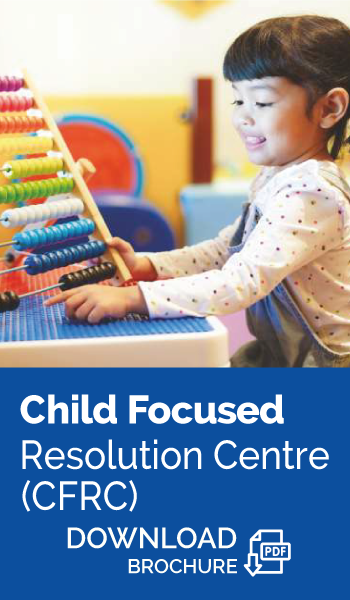
When parents decide to end their marriage, one of their biggest concerns is the impact the divorce will have on their children.
Parents often raise the topic of child custody during our initial consultation, which remains a key concern throughout the divorce process.
In this article, we will delve into the world of “Divorce through a Child’s Eyes” to gain insight into their first impressions and examine how various psychological theories shed light on their experiences.
The Initial Impact: How Children Perceive Divorce
When parents decide to separate, children often find themselves navigating uncharted territory. They may experience a rollercoaster of emotions, including confusion, fear, sadness, and anger.
Understanding the first impressions of divorce from a child’s perspective is crucial to providing them with the support they need during this difficult time.
Read more: An Age-by-Age Guide on the Effect of Divorce on Children
Exploring Family System Dynamics Amid Divorce
Family System Theory offers a comprehensive framework for understanding the impact of divorce on children. This theory suggests that families are interconnected systems, and changes within the family unit, such as divorce, can cause a ripple effect on each member.
By examining divorce through the lens of Family System Theory, we can gain valuable insights into how this significant life event influences children.
Here are a few examples of how these dynamics might change:
Changes in Parent-Child Relationships
: One of the most significant shifts can occur between parents and children. If one parent takes on most caregiving responsibilities, they might have to manage the brunt of the children’s emotional responses to the divorce. On the other hand, the noncustodial parent might struggle to maintain a strong bond due to decreased contact with the children.
Formation of New Family Units
: Divorce often triggers the creation of new family structures. A family could transition from a nuclear unit to a single-parent or blended families if parents remarry. These new dynamics require adjustments to new roles and relationships.
Communication Patterns
: The communication patterns within a family can transform significantly during a divorce. An environment that once promoted open dialogue may become a setting for conflict and avoidance, especially if the divorce is contentious.
Impact on Extended Family Relationships
: Divorce can also lead to shifts in relationships with extended family members, such as grandparents, aunts, uncles, and cousins. Patterns of contact and support may alter, impacting the overall family dynamic.
Read more: Grandparents’ Role in a Divorce Proceeding

Attachment Bonds Broken: The Role of Attachment Theory in Divorce
Attachment Theory emphasizes the importance of secure emotional bonds between children and their primary caregivers. Divorce can disrupt these bonds, leaving children feeling insecure and emotionally vulnerable.
Understanding the implications of Attachment Theory in the context of divorce helps us comprehend the emotional turmoil children may experience as they adjust to the changes in their family structure.
Read more: Children and Divorce: 7 Questions to Think About
Unpacking Divorce through the Social Exchange Theory
The Social Exchange Theory explores how individuals weigh the costs and benefits of their relationships. When applied to divorce, this theory delves into why some children might perceive the separation as a net loss while others might find certain positive aspects amidst the challenges.
By unpacking divorce through the lens of the Social Exchange Theory, we can gain insights into the diverse reactions and coping mechanisms children may adopt during this transformative period.
The Resilience of Children: Coping and Adaptation
Despite the upheaval caused by divorce, children often display remarkable resilience. Many adapt to new circumstances, showing strength and perseverance as they navigate the changes.
Understanding the factors contributing to a child’s resilience during divorce can guide parents, caregivers, and professionals in providing the necessary support and encouragement for positive outcomes.
Read more: Helping Your Child Adjust To Two Homes After Divorce
Building a Supportive Environment: How Adults Can Help
As adults, we are responsible for creating a supportive environment that nurtures children through the challenges of divorce. By validating their emotions, maintaining open communication, and seeking professional help when needed, we can play a vital role in helping children adjust to the changes and build a foundation for their emotional well-being.
Creating a supportive environment for children during a divorce is vital for helping them cope with the change. Adults can facilitate this by maintaining open communication, explaining the situation in age-appropriate terms, and encouraging children to express their feelings.
Providing stability by keeping routines consistent and promoting solid relationships with both parents is also crucial. Adults should model healthy emotional management and communication, seeking professional help if a child struggles significantly. To minimize stress for the child, adults should avoid exposing them to conflict and legal discussions. Continually reassure children they are loved and not at fault for the divorce.
Also, help them build a supportive network, including trusted adults, friends, and family. This approach can ensure a stable, reassuring environment to help children navigate the challenges of divorce.
Read more: 7 Ways to Help Children Cope with Separation & Divorce
Conclusion
Divorce through a child’s eyes is a complex journey filled with emotional ups and downs. As we explore the first impressions of divorce from their perspective and analyze psychological theories like Family System Theory, Attachment Theory, and Social Exchange Theory, we gain invaluable insights into their experiences.
By fostering resilience and providing unwavering support, we can help children navigate this turbulent chapter and emerge stronger on the other side.


We’re here for you
We have a dedicated family law team ready to listen, understand your situation, and advise you on:
- Child Custody & Maintenance issues;
- Access Arrangements;
- Parenting Plans;
- Relocation issues.








